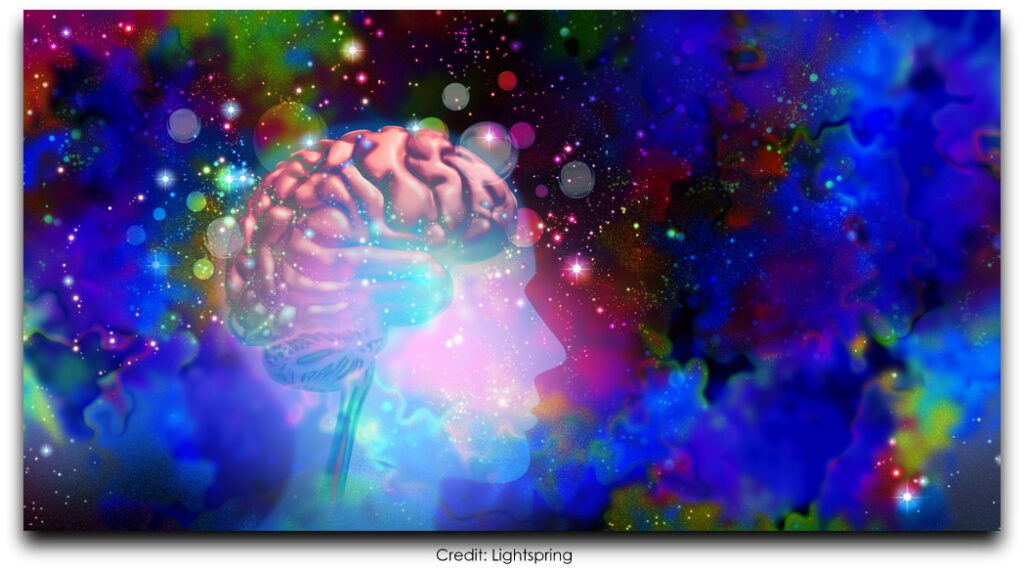Phencyclidine (PCP)

Welcome to Insights! Please enjoy the articles created specifically for Soul’s Harbor and provided on a monthly basis. You may expect health related articles with a focus on addiction and recovery.

Phencyclidine (PCP)
Hallucinogens are a class of drugs that cause distortions or alterations in perception, cognition, and mood. They may be derived from plants, mushrooms, and be man-made.This article will explore the dissociative hallucinogen, Phencyclidine (PCP).Classifications or types of hallucinogens:
Psychedelics – LSD, psilocybin, peyote & mescaline, nutmeg, and salvia divinorum are used for their ability to expand the mind. These substances block the brain’s ability to stop the unwanted or undesirable signals from reaching one’s conscious mind. Psychedelics affect the neurotransmitter, serotonin.
Dissociatives – Ketamine, PCP (Phencyclidine) and DXM (dextromethorphan) make the person using them feel as if they are outside of their body (detached), and sounds and sights are distorted.
Deliriants – Referred to as belladonna alkaloids – Atropine, Scopolamine, Hyoscyamine. These plants contain varying concentrations of these drugs – deadly nightshade (Atropa belladonna), and Jimson Weed (Datura stramonium). These drugs block the action of the neurotransmitter, acetylcholine. They cause agitation, delusions, hallucinations, and disorientation.
History
-
PCP has been referred to as an “upper” and a “downer,” with stimulant or depressant-like properties (Young et al., 1987, p. 2).
-
Phencyclidine was developed as an intravenous anesthetic by Parke Davis Laboratories in 1956. It was found to produce a state of serenity in laboratory monkeys; hence its trade name Sernyl (Young et al., 1987, p. 2).
-
Early research on phencyclidine focused on its use as a surgical anesthetic for humans, as an experimental drug in producing model psychoses, and as a veterinary tranquilizer (Young et al., 1987, p. 2).
-
Postoperative psychotic reactions and acute agitations, especially among young and middle-aged patients, ended the potential use of phencyclidine as a general surgical anesthetic (Young et al., 1987, p. 2).
-
PCP, as an illicit street drug, was first reported in Los Angeles in 1965. In 1967 it surfaced in San Francisco, California, under the name “PeaCe Pill.” In 1968 it appeared on the East Coast as “hog.” During the next 12 years, the incidence of its use increased geographically to include 44 of the 50 states (Young et al., 1987, p. 3).
Control Status
-
PCP is a Schedule II substance under the Controlled Substances Act.
-
PCP is no longer produced or used for medicinal purposes in the United States.
What are the common street names?
Amoeba, angel dust, CJ, Cadillac, crystal, crystal joints, cyclones, DOA, embalming fluid, horse tranquilizer, Mr. Lovely, pig tranquilizer, rocket fuel, scuffle, Supergrass, soma surfer, THC, whack, whacky weed, and window pane (Young et al., 1987, p. 3).
PCP is a white crystalline powder that is readily soluble in water or alcohol. It is most commonly sold in powder or liquid form.
How is it abused?
PCP is abused by snorting, smoking, injecting, or swallowing. Smoking is the most common method of abusing PCP. Leafy material such as mint, parsley, oregano, tobacco, or marijuana is saturated with PCP, and rolled into a cigarette and smoked. A marijuana joint or cigarette dipped in liquid PCP is known as a “dipper.” Cigars dipped in embalming fluid are called “smurfs.”They may also be referred to as “wet” which refers to the tobacco or marijuana cigarette being dipped in PCP, embalming fluid, or a combination of the two. Embalming fluid consists of formaldehyde, methanol, and ethanol.
What are the physical and psychological effects?
-
Sedation.
-
Immobility.
-
Amnesia.
-
Marked analgesia (ability to feel pain is greatly decreased).
-
Feelings of detachment from surroundings and self.
-
Numbness.
-
Slurred speech.
-
Loss of coordination accompanied by a sense of strength and invulnerability.
-
Blank stare.
-
Rapid and involuntary eye movements (nystagmus).
-
Dilated pupils.
-
Elevated heart rate.
-
Increased blood pressure.
-
Catatonic posturing, resembling that observed in schizophrenia.
-
Strong aggression and violent behavior.
-
Respiratory depression.
-
Coma.
-
Convulsions or seizures.
-
Death due to respiratory arrest.
The intoxicating effects can be produced within 2 to 5 minutes after smoking and 30 to 60 minutes after swallowing.PCP intoxication may last from 4 to 8 hours; some users have reported experiencing subjective effects from 24 to 48 hours after using PCP.
Chronic use of PCP may result in:
-
Dependency with a withdrawal syndrome upon stopping the drug.
-
Impairment of memory and thinking.
-
Persistent speech difficulties.
-
Suicidal thoughts.
-
Anxiety.
-
Depression.
-
Social withdrawal.
PCP Abuse Syndrome is marked by four behavioral phases (Young et al., 1987, p. 7):
-
Acute PCP toxicity – combativeness, catatonia, convulsions, and coma.
-
PCP toxic psychosis – impaired judgment, agitation, paranoid delusions, auditory and visual hallucinations, and flattened affect. Duration lasts 24 hours to 7 days. Chronic PCP abusers exhibit these symptoms.
-
PCP-precipitated psychotic episodes – Duration lasts 7 to 30 days or more. Episodes are schizoaffective type with paranoid features and a waxing and waning thought disorder.
-
PCP-induced depression – this can occur following any of the preceding stages and can last 1 day to several months. During this time, the individual is at a high risk of suicide.
Treatment
-
The effects on the user of PCP are unpredictable. During a period of excitation, the user may be extremely dangerous to himself/herself and others. For an average-sized person under the influence, it may take 5 or more large people to control the person. The use of body weight, not physical strength, tends to be the only effective method of control. The user literally must be held down and restraints applied if necessary (Young et al., 1987, p. 8).
-
If the case is uncomplicated PCP intoxication, the priority is to prevent the person from injuring themselves or others. Reduce sensory stimulation by isolating the individual in a quiet room with reduced lighting (Young et al., 1987, p. 9).
-
If a person is acutely agitated, the person should not be approached unless there are adequate staff available.
-
Medication management may be necessary (Young et al., 1987, p. 9,10).
-
Because PCP causes environmental sensitivity, “talk down” techniques commonly used in cases marked by “bad trips” from hallucinogens are contraindicated (Young, et al., 1987, p. 9).
-
Psychotherapy is necessary once the person is no longer a medical emergency (Young, et al., 1987, p. 10).
-
Treatment for substance use disorders should always be based on a professional evaluation of the person’s biological, psychological, and sociological profile (Young, et al., 1987, p. 11).
Reference
Thomas Young, Gary W. Lawson & Carl B. Gacono (1987) Clinical Aspects of Phencyclidine (PCP), International Journal of the Addictions, 22:1, 1-15, DOI: 10.3109/10826088709027410.

Cynthia Blair RN MA–May 2024